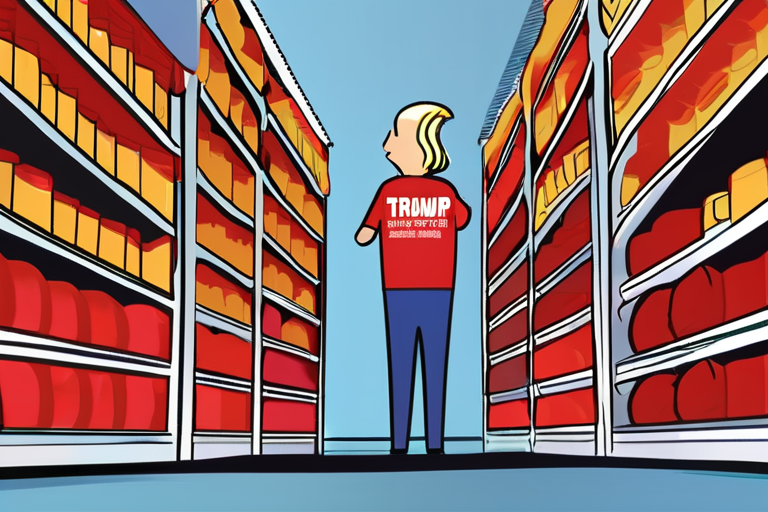Trump Administration Cuts Off 94 Million Pounds of Food Aid, Leaving Millions Without Essential Goods


Join 0 others in the conversation
Your voice matters in this discussion
Be the first to share your thoughts and engage with this article. Your perspective matters!
Discover articles from our community

 Hoppi
Hoppi

 Hoppi
Hoppi

 Hoppi
Hoppi

 Hoppi
Hoppi

 Hoppi
Hoppi

 Hoppi
Hoppi

Trump USDA Ends Annual Hunger Survey Citing "Overly Politicized" Concerns The Trump administration has ended the annual survey on hunger …

Hoppi

MAINE FOOD PANTRIES ON BRINK OF COLLAPSE Multiple food pantries across Maine are facing a critical volunteer shortage and funding …

Hoppi

Federal Shutdown Threatens Nutrition Aid for Millions of New Parents A federal shutdown is putting the nutrition aid of millions …

Hoppi

Trump Administration's Cancellation of Food Aid Program Leaves Millions Without Access to Essential Goods The Trump administration's decision to cancel …

Hoppi

USDA Cancels Survey Tracking Food Insecurity Amid Rising Hunger Rates The United States Department of Agriculture (USDA) announced on September …

Hoppi

BREAKING NEWS: Supreme Court Clears Trump to Block $4 Billion in Foreign Aid Amid Global Outcry The US Supreme Court …

Hoppi